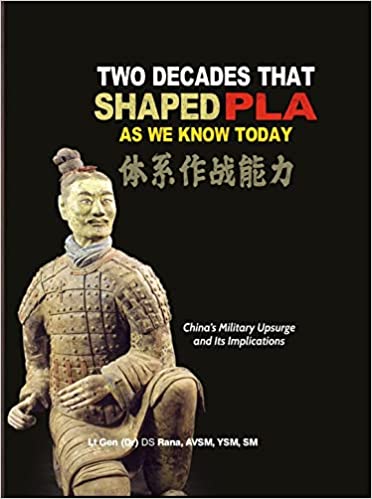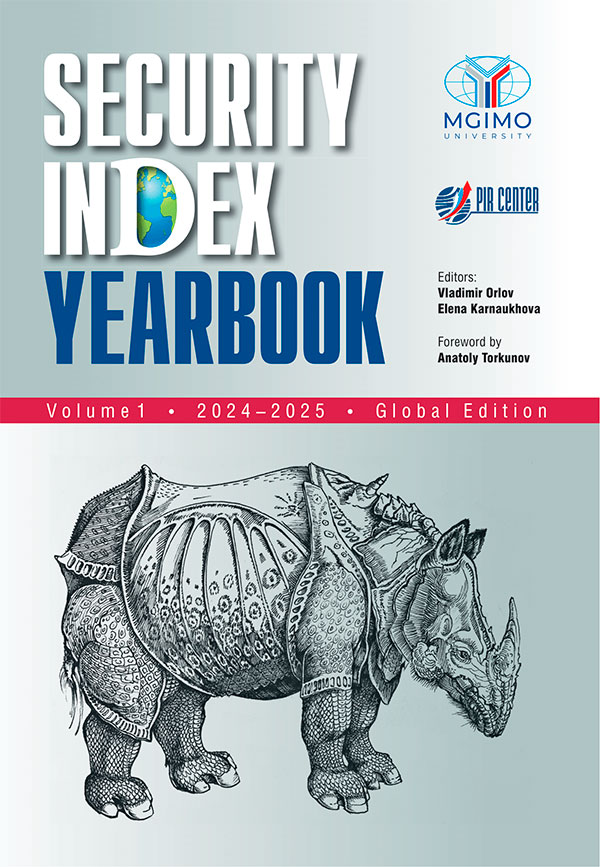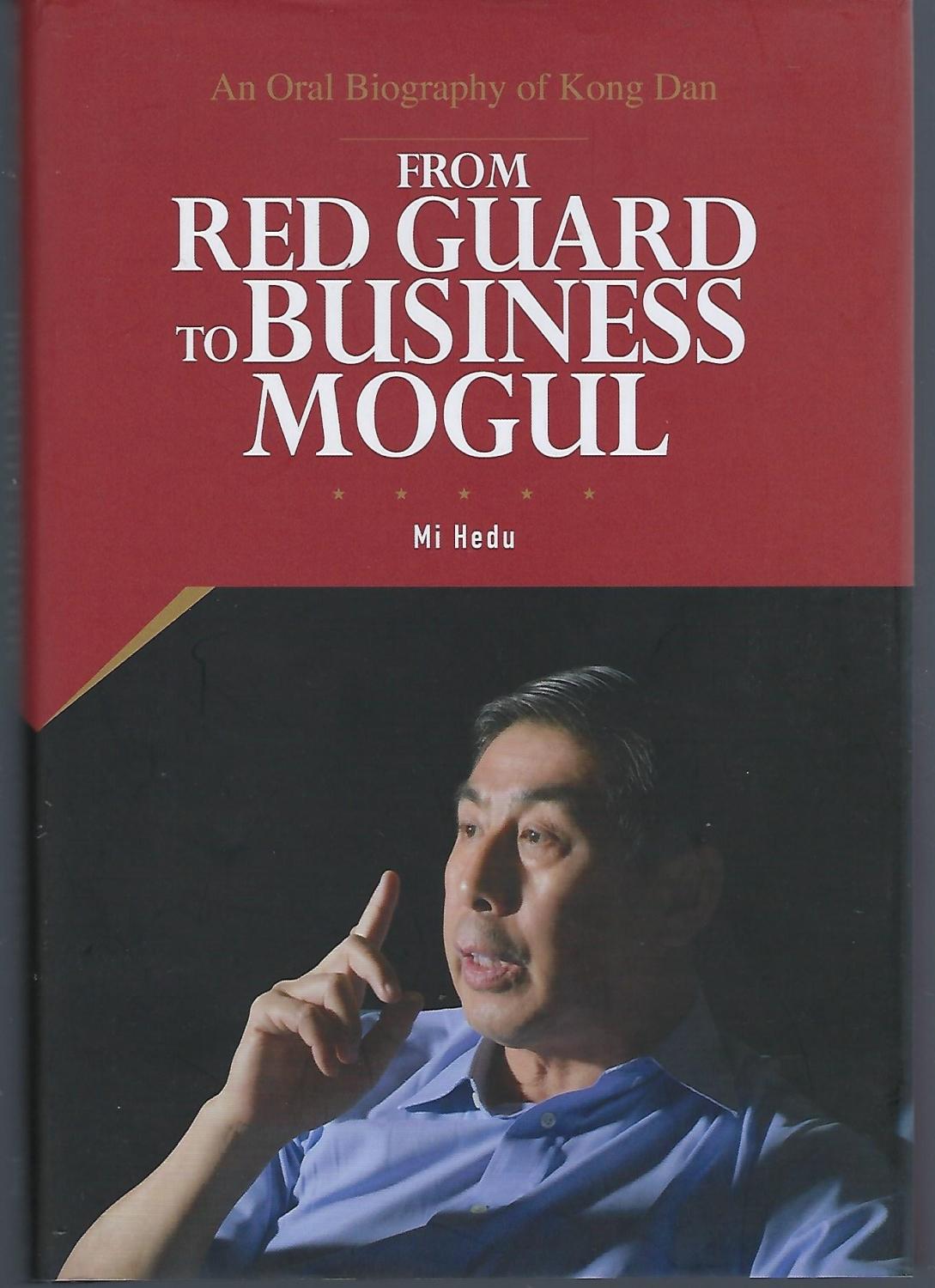... financial sector, research institutes, and international organizations.
Fares Kilzie, founder and chairman of CREON Group, opened the forum with an analysis of the strategic role of metals and minerals from CIS and EAEU countries for SCO, APEC, and ASEAN states amid the new global energy landscape, data center (DC) development, and artificial intelligence.
Russia’s mining and metallurgical sectors, along with those of the CIS and EAEU, are entering the strategic arena amid sweeping changes—transformations ...
... Council of Ministers, underscoring the Government’s commitment to turning international engagement into tangible national policy. This episode illustrates the proactive, results-oriented diplomacy that now underpins Timor-Leste’s preparations for ASEAN membership and its broader partnerships in the region.
Context: Timor-Leste’s Geographic and Development Profile
Timor-Leste is a newly independent nation located in the Asia–Pacific region. The restoration of independence took place on 20 ...
... Council of Ministers, underscoring the Government’s commitment to turning international engagement into tangible national policy. This episode illustrates the proactive, results-oriented diplomacy that now underpins Timor-Leste’s preparations for ASEAN membership and its broader partnerships in the region.
Context: Timor-Leste’s Geographic and Development Profile
Timor-Leste is a newly independent nation located in the Asia–Pacific region. The restoration of independence took place on 20 May ...
... articulation of its interests. However, as the “global majority” concept gains traction among Russian official and expert circles, questions arise over the universality of this approach and its ability to resonate with foreign partners.
In this context, ASEAN presents an illustrative case—an association that over decades has developed its own model of regional interaction, grounded in the principles of consensus, inclusivity, and neutrality. As Russia explores new channels of dialogue with Asia and ...
... of SME protocols, now so focused on 100 countries. Who can articulate such mobilization programming at the Cabinet level? Why is it challenging for all massive SME sectors within the GCC, OIC, European Union, African Union, Commonwealth, BRICS, and ASEAN to adopt national mobilization of entrepreneurialism? Thanks”
Mobilization-Ready Deployments: Execution-Hungry and Growth Starved
One: Declare a national mandate to uplift the grassroots economy.
Two: Spotlight and categorize high-potential national ...
... the Asia-Pacific region at large. Vietnamese experts also presented Hanoi's position on Russian‑Chinese initiatives in Eurasia and noted that deeper cooperation between Moscow and Beijing could significantly affect the relations of the pair with the ASEAN countries. In this context, Vietnam adheres to the balancing strategy and pursues cooperation with all priority partners.
Russian experts indicated Russia’s readiness to deepen relations with Vietnam both in the bilateral format and within BRICS+,...
... 2,000 cabinet-level officials across 100 countries for the last 50–100 weeks, facilitating a worldwide shift toward practical solutions for small and medium-sized enterprises (SMEs) in regions such as the GCC, OIC, EU, AU, Commonwealth, BRICS, and ASEAN.
Global Hub: Currently, Expothon is developing an international hub to provide large-scale senior-level guidance to selected 100 free economies and blocs like GCC, OIC, European Union, African Union, ASEAN Commonwealth, and BRICS. This initiative ...
Working Paper No. 92 / 2025
Working Paper No. 92 / 2025
The following working paper examines the relationship between the Eurasian Economic Union (EAEU) and the Association of Southeast Asian Nations (ASEAN). It includes a detailed assessment of trade and economic ties between the two associations, identifying the key priorities and interests of EAEU member states in developing trade and economic relations with ASEAN countries. The paper also attempts ...
... relationships. This assistance often comes with a focus on infrastructure, disaster relief, and capacity-building, which contribute to regional stability and security.
Japan actively participates in multilateral organizations, such as the United Nations and ASEAN, and engages in peacekeeping missions. This engagement enhances Japan's credibility as a responsible global actor and strengthens its alliances. Japan's role in international forums allows it to advocate for issues like climate change and disaster ...
... June 16, 2025, the Russian International Affairs Council (RIAC) hosted a roundtable discussion, “Shaping the External Partnership Framework of the EAEU: Southeast Asia.” The event featured the presentation of a new RIAC working paper, “EAEU–ASEAN: a Model for Sectoral Strategic Partnership.”
Experts at the roundtable had a detailed discussion of the significance, prospects, and political and economic dimensions of cooperation between EAEU and ASEAN member states. Special attention was ...



